What is the sky for us? When we peer at the bewitching view of the night firmament, unwittingly arises a sensation of perishability of our existence compared to the eternal silence of trillions of shining stars. There is a feeling that the starry arch is a gate to the incomprehensible, which begins right here on the earth. Perhaps, for this very reason since ancient times people believed in a heavenly divine being that had created the world. The prayer most widespread in the world is addressed to the Heavenly Father: “Our Father, Who art in heaven...”
The Temple of Edfu in its present form was erected over a two hundred-year period between 237 BC and 57 BC, but incorporates parts of much earlier structures dating back to the Pyramid Age (for example, portions of the inner and outer western enclosure wall). Moreover, like all major temples, it was built “on hallowed ground” and there attaches to it a recollection of vast antiquity and of momentous antecedents.
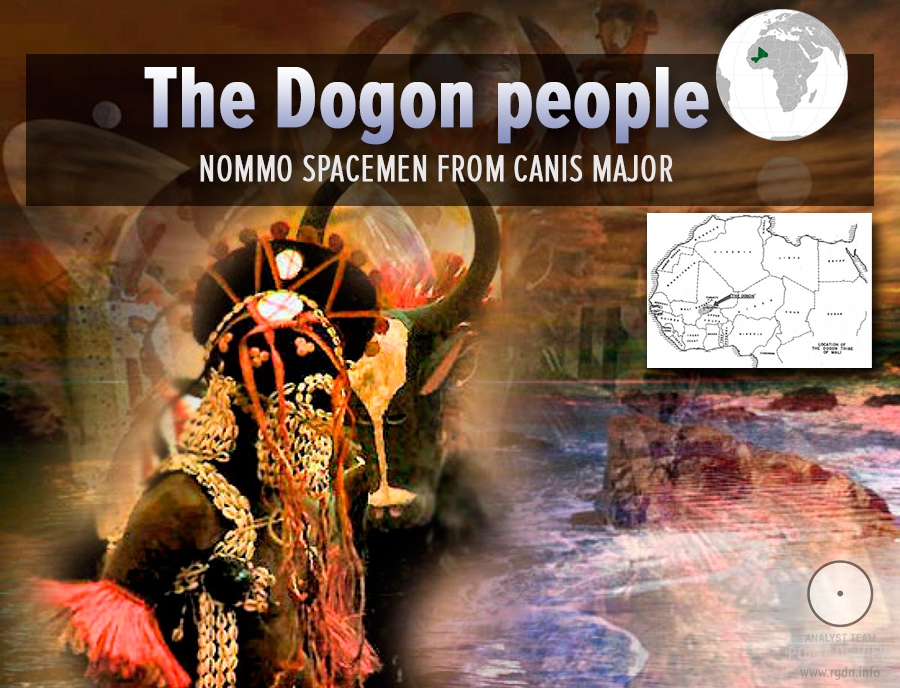
An interesting article was shared with us in the commentary section to th century. Indian tribes, Cahokia and Fort Ancient, of the In quest of… series. The shared article substantially expands information about such a mysterious and extraordinary African tribe as the Dogon. It turns out these people are extraordinary not only because they still preserve certain astronomical and cosmological knowledge, which according to official history cannot be possessed by such savages, but also because of the emergence itself of these people on the planet Earth. Many of our readers have probably overlooked a link to this remarkable article in the commentary section, therefore we have decided to publish it as a separate material, having supplemented it with illustrations and information available in the AllatRa book about the Dogon and Bambara peoples.
If the monuments of the Giza necropolis were of no significance in the human story then problems in the study and interpretation of these monuments would be of no significance either. But this site could hardly be more significant. Indeed, there is a sense in which it has always been with us. It is a marker of our history – a memorial to the genesis of our civilization – and it may still have vital information to give us about ourselves. More than any other ancient place, in other words, Giza raises, and might possibly answer, all the old, fundamental questions: who we are, where we came from, perhaps even where we are going. For these reasons we can hardly afford to be indifferent to the Great Sphinx and the three Great Pyramids. For these reasons the quality of research that has been carried out around them – and that has defined and explained them – really does matter. (Graham Hancock, Robert Bauval. KEEPER OF GENESIS. A Quest for the Hidden Legacy of Mankind)

The subject of this material was suggested to us in comments to the article Five points of the Star. Hypotheses in addition to Star, The Golden Ratio series, where we published certain assumptions regarding the symbolism of the name ‘navels of the world / earth’ as ascribed to some geographic points on the planet. According to our experience, once you start searching for information on a given subject you always find more than you initially expected. Hence, in this research we will actually touch upon several topics that have proved to be closely interconnected.
As we have discovered while studying information about the territories where incredible archaeological sites and ancient architectural complexes are located, there are quite a lot of places on our planet, which in various times used to be called the ‘navels of the earth. Since today we don’t have genuine knowledge of the true history of humanity, there are probably many more of such places than official science is aware of.
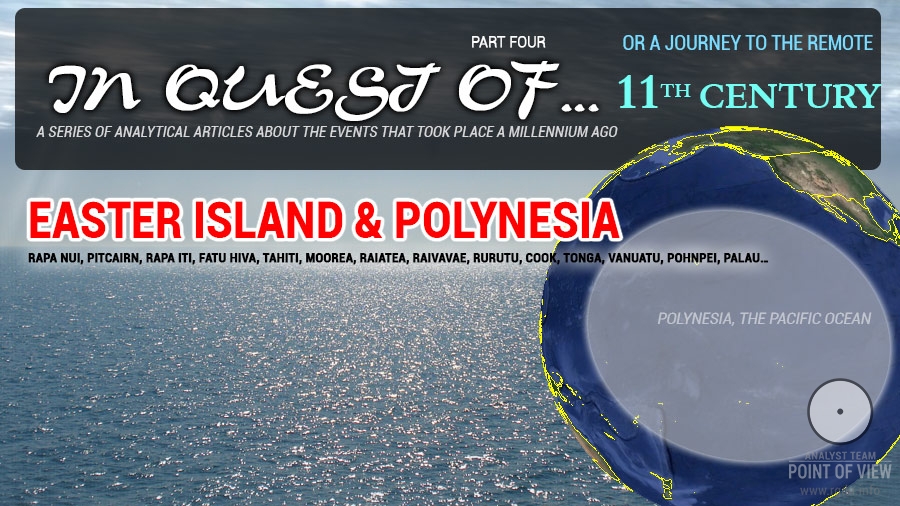
We kindly recommend you to familiarize yourselves with the previous articles of the series In quest of… A journey to the remote 11th century:
A journey to the remote 11th century series has proved to be much more difficult than I expected, though such difficulty even peps me up. During the last two months I felt ten times sorry for having started the theme. Max Vorontsov and Yura Ignatov who are searching for relevant information on the web also note a similar unclear pressure from outside. A part of my consciousness throws in numerous provocative questions and doubts about the reasonability of continuing the series, but at the same time the other part unexpectedly finds counterarguments, saying without such an analytical material dedicated to the initial preamble the whole website project may come down to a mere collection of authors’ lyrical opinions and lose its ultimate purpose. Therefore, we shall anyway endeavour to continue, though with a slight adjustment in our movement: we will minimize assumptions from our minds and refer only to universally recognized facts and discovered photographs. In particular, in this article we will have very, very many images, since the Pacific Ocean is truly immense.
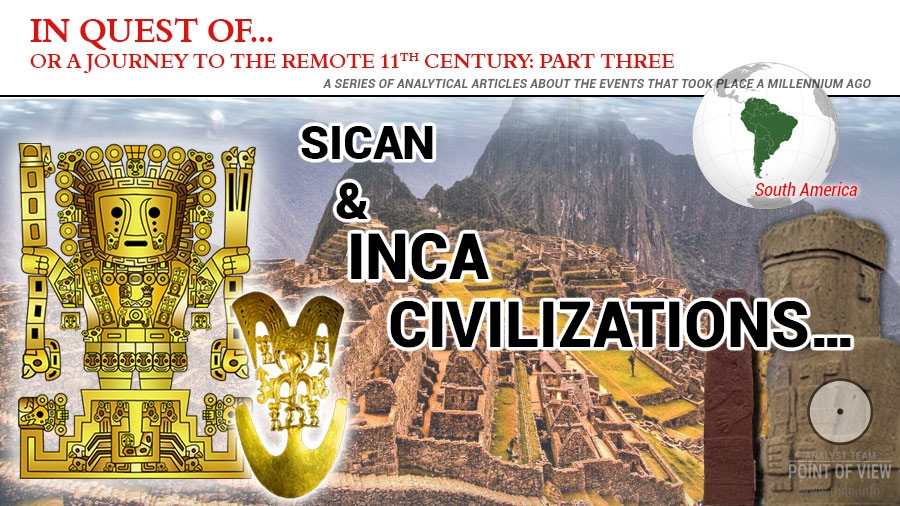
We kindly recommend you to familiarize yourselves with the previous articles of the series In quest of… A journey to the remote 11th century:
This is neither a book nor a science work intended to impress readers, gain public recognition or obtain other benefits, so let me get straight to the point. As we remember, the great civilizer Quetzalcoatl left the Toltecs around the 11th century. Legends say he sailed away to the east in the same direction he had arrived from over the eastern sea. Let’s imagine for a moment that the god-king of the ancient Mexicans was Bodhisattva – the teacher of humanity. In such case, what was the sense for him to abandon North America and go back to Eurasia, when South America was right across a little isthmus (the contemporary Panama Canal), which was very close by the planetary scale? You should agree it would have been quite logical for him to leave sprouts of spiritual knowledge on the vast South American continent, where the Andes and the Amazon rainforest stretch for thousands of kilometres, before his ultimate departure from that part of the world.
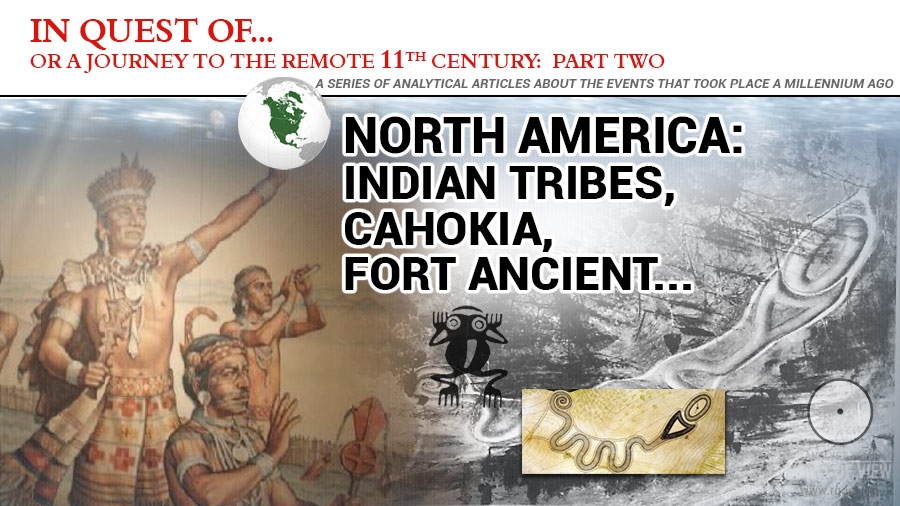
This material was not planned, but emerged unexpectedly as an addition to the article dedicated to Quetzalcoatl (Part One of the In quest of… series), who reached the shore of Yucatán Peninsula in the 10-11th century and gave spiritual knowledge, culture and flourishing to Toltec tribes. As you remember, in the said article I endeavoured to find traces of the Primordial Knowledge on the ruins of extinct Native American civilizations, and I intend to continue this work herein.
To avoid unnecessary long prefaces, let me proceed to the main point and say that several days after the previous publication I got a short e-mail message referring to North American Iroquois tribes, which have been living for a long time and still live in a cultivated environment in the current US territory. Several images were attached to the message.
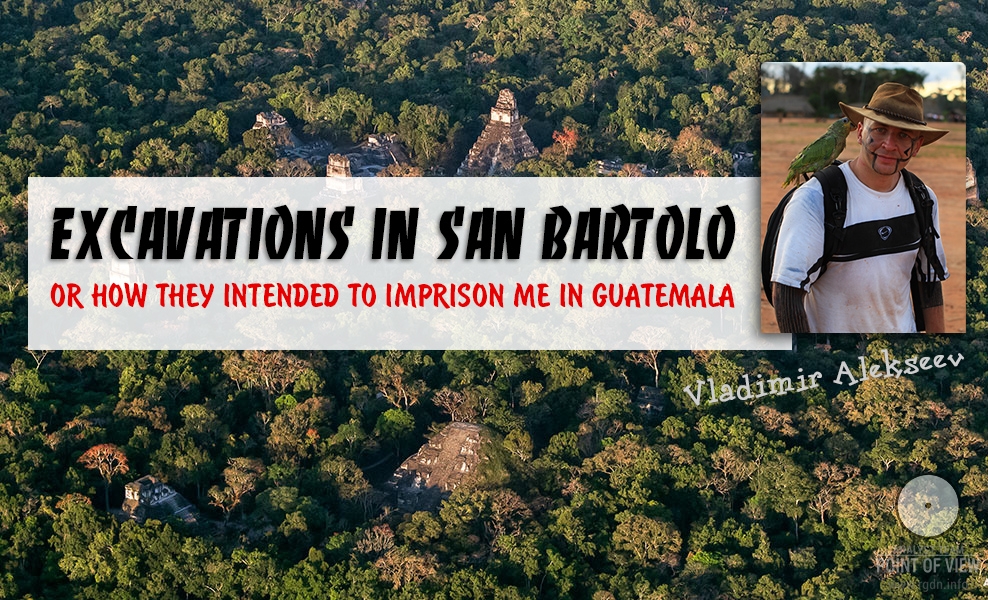
This extremely interesting and captivating story was written by an extraordinary man, traveller and talented photographer Vladimir Alekseev after his courageous journey to Guatemala and Mexico in spring 2014 with an intention to photograph and provide the general public with materials on the three unusual places, inaccessible for people without special permits: San Bartolo (where the oldest Mayan frescoes were found, disproving certain dogmata of historians as to the Pre-Classical Age), Xultún (the so-called Scribe House with a new calendar drawn on the walls and depicting the period after the widely promoted 21 December 2012) in Guatemala, and Calakmul (the frieze and frescoes depicting scenes of ordinary people’s life) in Mexico.
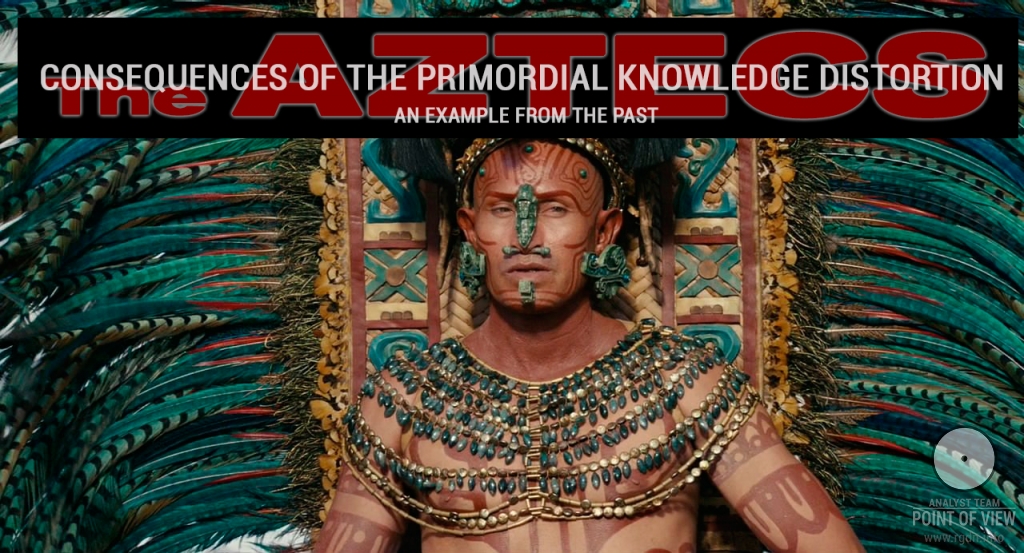
In view of the recently published precedents of the Primordial Knowledge distortions (link) in the works of our contemporaries, we thought it would be interesting and edifying to give an example from a not-so-remote past in the history of a no longer existing nation that became globally notorious for their deeds. Let’s talk about the Aztecs.
In the very beginning of Heaven’s Mirror Graham Hancock gives an excellent description of the outcome achieved by the Aztecs some 500 years ago as a result of distortion and misinterpretation of the Knowledge which all of us, the contemporary humanity, are given in the AllatRa book. I am sure there are many more of such examples in the history of bipeds living on this beautiful planet, calling themselves humans, yet surpassing any wild beast by their cruelty.
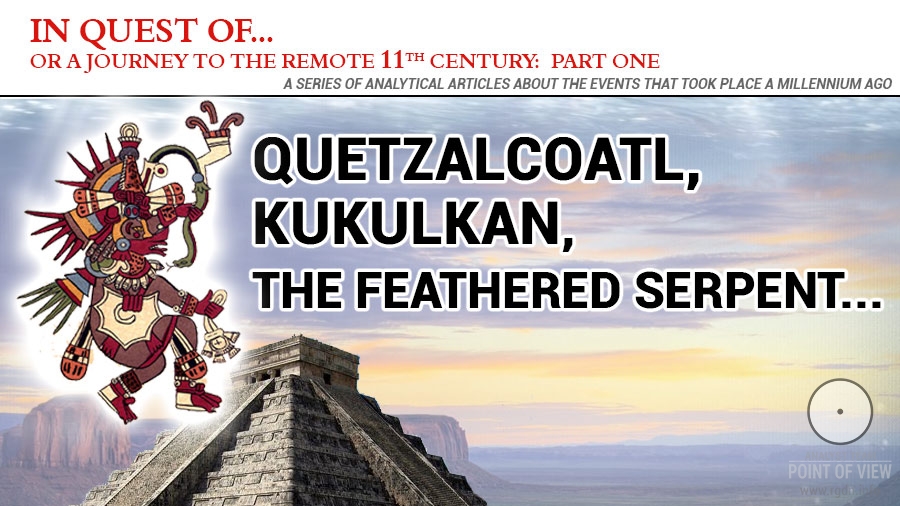
The 11th century AD, the remote time which nobody has particularly noted and which seems to be deservedly consigned to oblivion in history. What could be so interesting in such a distant past for contemporary humanity? Questionable events or inaccurate chronology? As a matter of fact why would anyone delve into what has vanished long ago? It’s hard to dispute with such arguments, especially today when there is a clear understanding of the value of the here-and-now point in human life. Nonetheless, there is a big BUT about this, and our inquisitive mind armed with the Primordial Knowledge endeavours to stand us in good stead and find interesting elements in historical records which, if linked together, unexpectedly reveal a striking picture for us. So, what are we actually talking about? In our subsequent publications we will tell you about the wave or even a whole tsunami of spiritual renascence that rolled around the planet in a marvellous and incomprehensible way. Although our finds represent just a weak hypothesis so far and we don’t claim them to be anything more significant, this is still a very exciting journey that for many people will hopefully become a pleasant surprise capable of inspiring, reassuring, and strengthening them on the spiritual path.

Quite a while ago Max Vorontsov arrived at an idea to write a little research work dedicated to events that took place in the 11th century AD. He says it took him a lot of time and effort to elaborate and implement the idea as he viewed it. When I received the article for editing and publication, at some deep intuitive level I felt the story was incomplete and showed only a top of a huge hidden iceberg or, in other words, of the great spiritual feat committed by the One whose name and deeds have been strangely and zealously erased from official history chronicles and totally forgotten. Thus I started the quest, which literally seized my mind and gave me no rest throughout the last month. It’s the quest for information with the purpose of disclosing as many relevant events of that remote century as possible.

Project Aim









